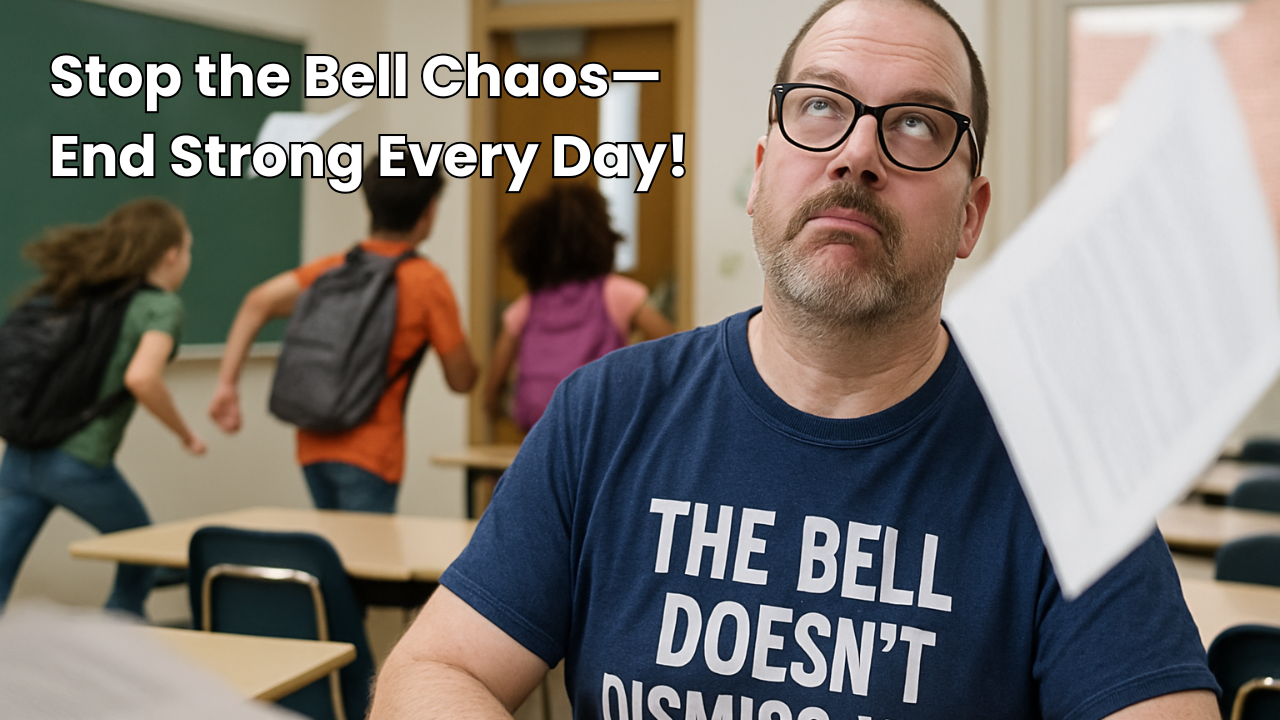
Introduction
Grammar instruction in language teaching has long been a point of debate. Traditional methods rely on explicit explanations and drills, but comprehension-based instruction (CI) focuses on natural acquisition. The good news? You can integrate advanced grammar into CI lessons without making it feel forced or overwhelming. In fact, students can absorb even the most complex structures effortlessly when done right. This article will show you exactly how to do that with simple, effective strategies that feel natural in any CI-based classroom.
Modeling Advanced Grammar Naturally Through Repetitive Input
One of the biggest misconceptions about grammar in CI teaching is that you either ignore it completely or you need to explicitly teach it. The truth is that students naturally acquire advanced structures through repeated, meaningful exposure. Hearing grammar structures repeatedly in context is key to their acquisition. Instead of explicitly teaching the subjunctive, for example, simply use it in a variety of situations. Engaging in class conversations that involve hypothetical or complex scenarios, such as discussing what students would do with a million dollars or what a character in a story wanted someone else to do, helps students hear and absorb these structures naturally.
Another effective way to integrate grammar is by asking personalized questions that require targeted grammar structures in the response. When students are asked, "Si pudieras viajar a cualquier país, ¿a dónde irías?" they must engage with the conditional structure in a meaningful way. Similarly, incorporating reported speech by recounting what someone said in the past introduces students to indirect discourse naturally. The more they hear these structures in authentic communication, the more likely they are to use them correctly themselves.
Using Storytelling to Embed Complex Structures Seamlessly
Storytelling is one of the most powerful tools for teaching grammar in a CI classroom. Stories provide a rich context, allowing students to absorb advanced structures effortlessly. Creating mini-stories that repeatedly feature a target grammar point ensures that students hear it multiple times in a way that makes sense. For instance, if focusing on the past perfect, telling a story about a character who had already completed several actions before something else happened helps students understand how the tense functions in real-life scenarios.
Encouraging student-generated stories can also reinforce grammar naturally. When students co-create a class story, they become more invested in the language and internalize structures without needing explicit instruction. Asking students to retell the story in different tenses further solidifies their understanding. Another effective technique is using embedded readings, where a simple version of a text is presented first, then gradually made more complex. Highlighting advanced grammar in bold within these texts can help bring awareness without the need for direct explanations.
Leveraging Visuals and Gestures for Implicit Grammar Awareness
Visual aids and gestures can play a significant role in helping students internalize grammatical structures. Rather than explaining abstract grammar rules, teachers can use images, gestures, and short comic strips to reinforce meaning. For example, showing a series of pictures that depict a sequence of events can help illustrate the past perfect tense, while using images of hypothetical situations can make conditional statements more intuitive.
Developing gestures that correspond to specific grammatical concepts can also enhance understanding. A shrugging gesture might represent uncertainty when using the subjunctive, a "rewind" motion could signify past perfect, and a clear "if-then" hand motion might reinforce conditional statements. Additionally, comic strips provide students with a visual representation of grammar in action. Seeing characters use reported speech or different verb tenses in a dialogue format helps students grasp these concepts more easily than they would through traditional explanations.
Scaffolding Input Through Conversation and Personalization
CI thrives on meaningful conversation. Instead of isolating grammar into separate lessons, it can be embedded into real discussions. Engaging students in scaffolded conversations where they must respond using advanced grammar structures allows for natural acquisition. When discussing personal experiences or hypothetical scenarios, teachers can intentionally incorporate targeted grammar points. For example, when asking students about their dream travel destinations, they will repeatedly hear and use the conditional tense.
Using parallel characters or scenarios is another way to make grammar stick naturally. If two students share their weekend activities, a teacher can compare them by saying, "Juan dijo que haría la tarea, pero Ana dijo que ya la había hecho." This technique allows students to hear the contrast between different structures in a way that feels organic. Encouraging students to respond with opposite reactions to a given event further reinforces grammatical concepts by prompting them to use different structures in their responses.
Assessing Understanding with Comprehension-Based Activities
Instead of relying on traditional grammar quizzes, CI teachers can assess students’ understanding of grammar through comprehension-based activities. One effective method is using one-word response checks, where students answer a question in a way that demonstrates their comprehension of the target structure. If a teacher asks, "¿Qué harías si fueras presidente?" the response should indicate whether the student understands how to use the conditional tense correctly.
Short writing prompts can also be used to assess grammar in context. Providing students with a scenario and asking them to write a few sentences using the target structure ensures they are applying what they have absorbed. Additionally, encouraging students to retell and paraphrase sentences using different structures can provide insight into their level of comprehension. When students rephrase a story while maintaining its meaning, it becomes clear whether they have internalized the grammar or not.
Conclusion
Integrating advanced grammar into CI lessons does not have to be complicated. When grammar is part of compelling input, students absorb it effortlessly. By modeling structures naturally, using stories, leveraging visuals, scaffolding conversations, and assessing through meaningful tasks, students will acquire complex grammar structures with ease. This approach eliminates the need for explicit grammar instruction while ensuring students develop a strong, intuitive grasp of the language.
If you are curious about your own comprehension-based teaching skills, take the CI Proficiency Quiz now and see where you stand! https://imim.us/ciquiz
Key Takeaways
- Grammar is acquired through repeated exposure in meaningful contexts rather than explicit instruction.
- Storytelling is a powerful tool for naturally integrating complex structures.
- Visuals and gestures can help reinforce grammar concepts without requiring explanations.
- Scaffolded conversations provide students with authentic opportunities to use advanced grammar.
- Comprehension-based activities, rather than traditional quizzes, effectively assess students' understanding of grammar in context.



